When and how are cherry trees watered?
Sufficient water for the growing season and the formation of full-bodied fruits must be supplied to all trees, even drought-resistant cherries. It will not be necessary to water it often, but precisely during those periods when the cherry needs additional moisture. The yield of cherry trees depends on how much water flows to their roots.
Features of the cherry root system
Cherry orchards are ubiquitous, decorate our world in spring and give sour, healthy fruits in summer. This is an unpretentious tree, but often in unfavorable conditions directs energy to survival, and not the formation of berries. Especially carefully you need to take care of the young cherry - water it until a powerful taproot grows deep into it. A significant part of the cherry root system is close to the soil surface, and the frequency of watering depends on this.
Advice
When loosening the soil around the seedling after watering, care must be taken not to sprinkle the grafting site and the root collar with earth - it should be 2-3 cm above the ground level.
Root structure
Cherry roots, which go deep into the ground, reach a length of 1.5 m. More often they are shorter - up to 120 cm. Semi-skeletal processes extend from the taproot, which are overgrown with fibrous branches that absorb nutrients. They generally do not penetrate deeper than 40 cm, so the water should saturate the soil up to this mark when irrigated. But the taproot will not withstand the long-term approach of groundwater to its system and may die.
The horizontal roots of the cherry spread around the tree over an area one and a half times larger than the crown. The radial fan of this part of the root system is located at a depth of 10-30 cm. The branches extend from the root collar and are also overgrown with small fibrous roots. You need to know about this when cultivating the soil under cherries. It is advisable to dig up the top layer no deeper than the 10 cm mark.
The specificity of the roots of seedlings
Grafted cherry seedlings usually have good taproots and can easily tolerate drought. For rootstocks, a drought-resistant steppe cherry or a species with a powerful root system is taken, which quickly deepens into the ground and is enriched with nutrients.
Seedlings grown from a shoot from horizontal roots, not twisted, but rooted, need frequent watering in the first years, especially if the dry season is issued. Their root system is located close to the surface of the soil, therefore, without a sufficient amount of moisture, the fruits will be low-yield and small.
Advice
If cherries are placed on sandy soil, it is necessary to enrich the planting pit with organic matter. The tree is fed and watered more often.
Watering young cherries
Cherry seedlings love moderate watering. In the first two years, they are watered 4-5 times. The best option for watering a seedling is to create an annular groove with sides around the crown perimeter. Its depth is up to 20 cm, the distance from the trunk is 50 cm.
- From the beginning of planting, the young tree is watered as soon as the 5-6 cm top layer dries up.
- It is good to water the seedling with warm summer water in an amount of 10-15 liters.
- The soil must be soaked to the depth of the planting hole so that the moisture reaches the lower roots.
- It is often not worth pouring over the soil. It is better to mulch the ground around the seedling.
- When top dressing begins in the third year, after them the soil is moistened so that useful minerals are more easily absorbed by the roots.
In regions where rain is a frequent visitor, watering is usually done without watering. Gardeners of the southern regions must mulch tree trunks to retain moisture.
Advice
During the ripening period, when the berries begin to turn red and pour, excess moisture can cause the fruit to crack.
Watering a fruiting tree
You can water the cherry with high quality by forming two grooves under its crown. The distance between them should be at least half a meter. The depth of the first groove, which is closer to the trunk, does not exceed 8-10 cm, so as not to injure the roots. The second can be deepened to 20-30 cm. During the growing season, the tree must be watered 3-4 times.
- In the spring, watered after flowering.
- Enrich the soil with moisture when setting the ovaries.
- If there is no rain, the next watering is carried out when the fruits are formed (maximum two weeks before ripening).
- Moisture charging is required in dry autumn weather. Dates differ by region - at the end of September or the first half of October, before the onset of frost.
For one watering, an adult tree needs 30 to 60 liters of water.
Gardening tips
Cherries should not be watered too often. It is better to feed the soil under the tree with water less often, but abundantly. The moisture should reach the fibrous roots (40-45 cm deep). And for this you need to pour out several buckets of water. Frequent surface watering can harm - then little oxygen enters the soil, which is also unfavorable for the roots.
- Watering cherries is preferable in the morning or evening.
- When watering the near-stem circle, the root collar cannot be moistened.
- After rains and watering, the soil must be slightly loosened to retain moisture. It is imperative to remove weeds so that they do not oppress the root system of the tree.
- If the roots are exposed under a strong stream of water, they must be covered with earth.
- Podwinter watering increases the frost resistance of cherries, spring and summer watering prevents shedding of flowers and ovaries.
Advice
There is an interesting recommendation regarding the watering rate for each tree. It is necessary to determine the squaring of the trunk circle (the projection of the crown on the soil) and multiply this number by 3. This will be the number of buckets of water that must be supplied to the tree.
There is another shrub of the same name - felt cherry, a distant relative of the common one. This cherry needs to be watered very sparingly; excess moisture harms it.
Each plant has its own characteristics. Knowing them, the gardener takes care of the tree more effectively.
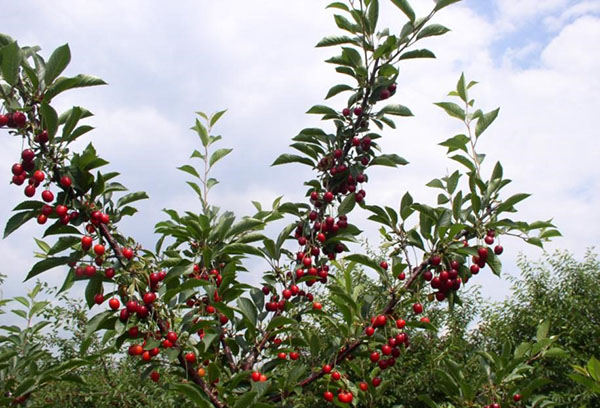
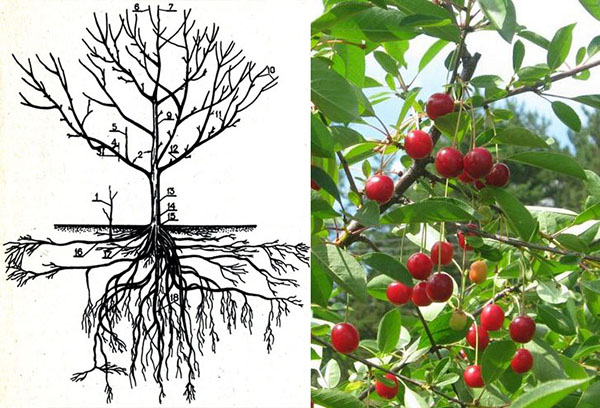
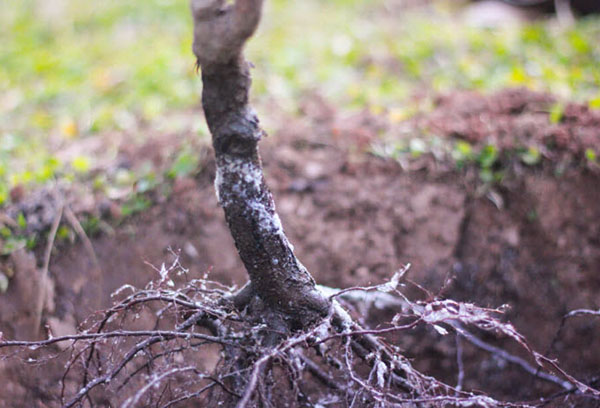
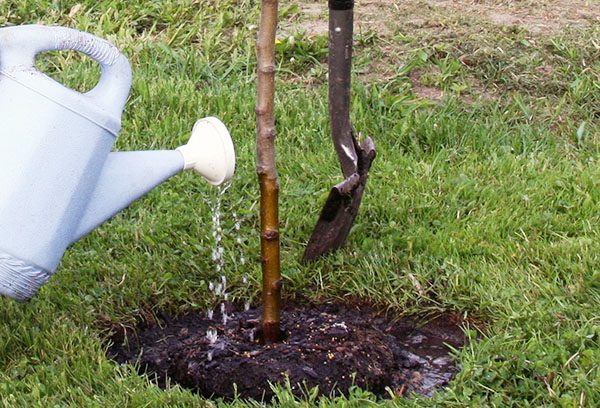
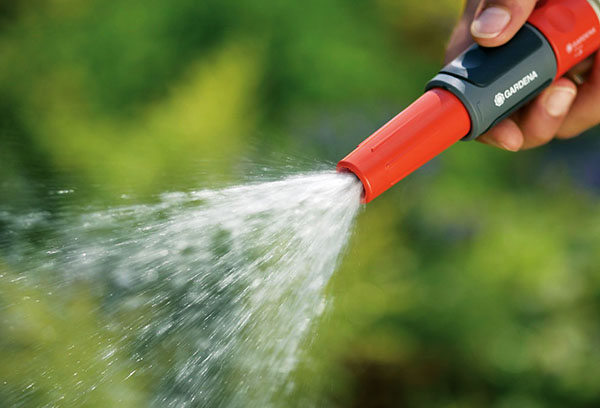

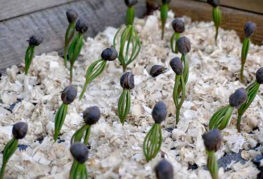
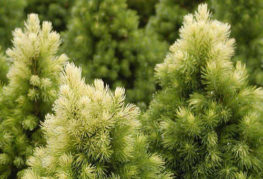
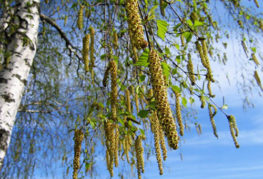
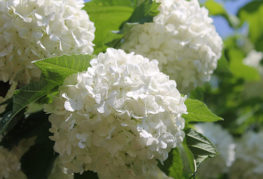
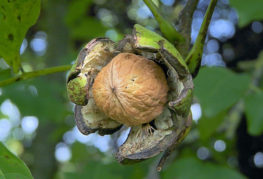
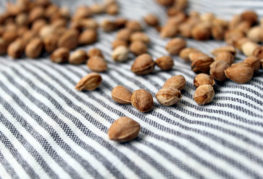
and will be published shortly.